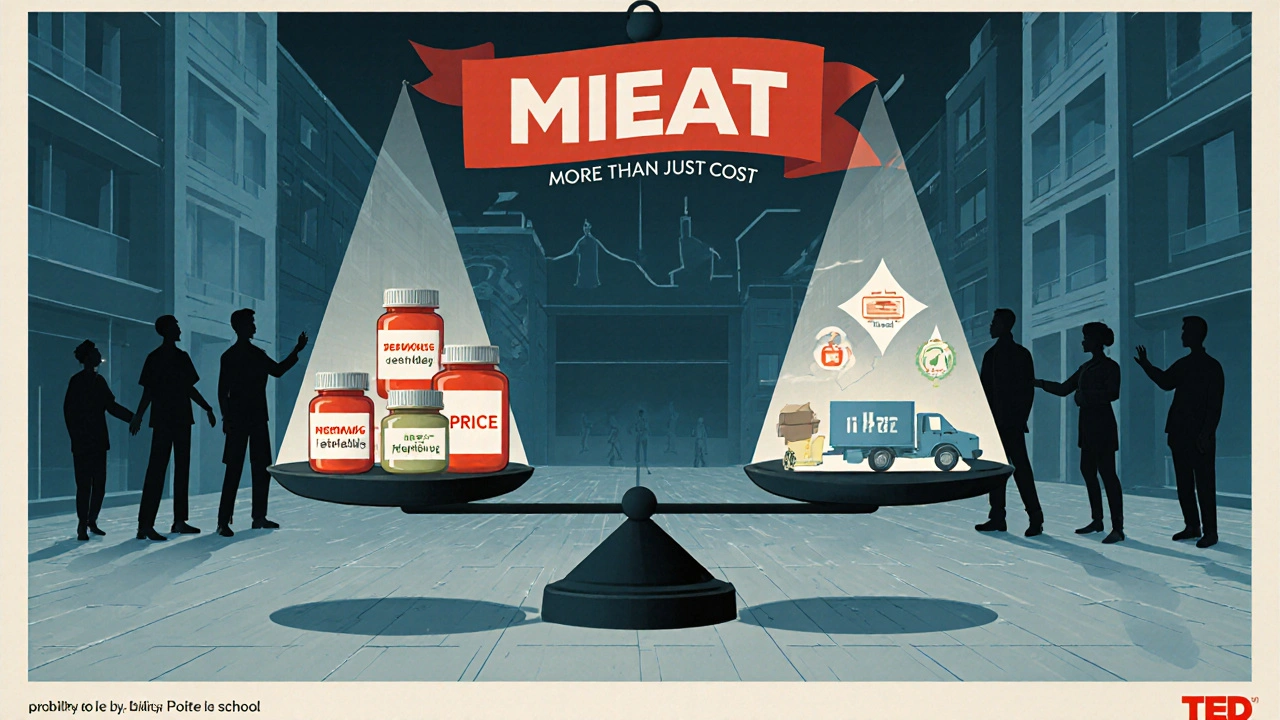Tendering Systems in Pharmaceuticals: How Generic Drugs Get Approved and Sold
When you pick up a generic pill at the pharmacy, you might think it’s just a cheaper version of the brand name—but behind that label is a complex system called a tendering system, a government or institutional process used to select and purchase medications based on cost, quality, and supply reliability. Also known as pharmaceutical procurement bidding, it’s how hospitals, public health programs, and insurers choose which drugs to stock—often by picking the lowest bidder. This isn’t just about saving money. It’s about balancing affordability with safety, especially when the drug has a narrow therapeutic index—like cyclosporine or antiseizure meds—where even small differences in formulation can cause rejection, toxicity, or seizures.
Tendering systems rely heavily on ANDA process, the U.S. FDA pathway for approving generic drugs that proves they’re bioequivalent to the brand-name version. Also known as Abbreviated New Drug Application, this system requires manufacturers to show their product performs the same way in the body as the original. But bioequivalence doesn’t mean identical. A pill might meet the legal standard yet still cause problems in sensitive patients—like transplant recipients or people with epilepsy—because of minor differences in fillers, coatings, or dissolution rates. That’s why some doctors and patients resist automatic generic substitution, even when it’s mandated by tendering rules. Meanwhile, bioequivalence, the scientific measure used to confirm that a generic drug releases the same amount of active ingredient at the same rate as the brand. Also known as pharmacokinetic equivalence, it’s the core metric used in tendering evaluations—but it doesn’t capture long-term effects, patient adherence, or real-world outcomes like hospitalizations or side effects. Many tendering systems don’t track those. They look at price per pill, not price per outcome.
What you’ll find here are real stories from patients who switched generics and ended up in the ER, doctors who fight against blanket substitution policies, and data that shows how tendering decisions impact health—not just budgets. From the Hatch-Waxman Act that started it all to how social media groups now share warnings about risky generics, this collection cuts through the noise. You’ll see how a single tendering decision can affect thousands of people with heart failure, psychiatric disorders, or chronic hepatitis B. And you’ll learn why some drugs, like biologics, can’t even be part of these systems because they can’t be copied. This isn’t theory. It’s what happens when cost control meets human biology—and why knowing how your meds are chosen matters more than you think.

